-
Welcome to Tacoma World!
You are currently viewing as a guest! To get full-access, you need to register for a FREE account.
As a registered member, you’ll be able to:- Participate in all Tacoma discussion topics
- Communicate privately with other Tacoma owners from around the world
- Post your own photos in our Members Gallery
- Access all special features of the site
Tutorial for POR-15 and Bedliner Coating of Sliders
Discussion in 'Armor' started by pinem56, Sep 8, 2019.


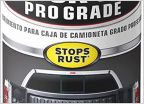 Best spray paint for bumpers/sliders etc
Best spray paint for bumpers/sliders etc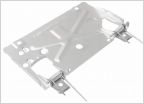 License plate flip mount for hidden hitch receiver
License plate flip mount for hidden hitch receiver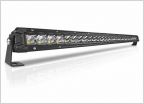 2nd Gen Front Bumper Center Section .DXFs - Free Use
2nd Gen Front Bumper Center Section .DXFs - Free Use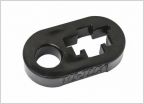 How to Keep Hi-Lift Jack from Sliding
How to Keep Hi-Lift Jack from Sliding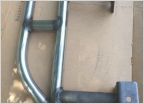 Painting sliders. Quick ?
Painting sliders. Quick ? Relentless Fab Front Bumper Light Bar Suggestions
Relentless Fab Front Bumper Light Bar Suggestions








































































